Aesthetic Dentistry Continuing Education Course Par

If there is anything we here at the Rosenthal Institute know, it's that continuing your education is something we never stop doing. Technology will always evolve, making our industry continuously advance. Aesthetic Advantage offers many programs to further your dental education, ending with Program III: Masters Group. Master the technique and philosophy of smile design. This course will focus on more individual attention and smaller groups—this elite and exclusive group is limited to five participants. We will have small workshops on occlusion, working on models with facebows, and you will participate in an advanced hands-on workshop on aesthetic recontouring on models. You will have the opportunity to wax up your own case and make your temporaries chair-side. You will work on more advanced cases in clinic. This is targeted toward a more individual learning experience in a much smaller setting at a more advanced pace. You will prep and cement an advanced case in clinic alongside an instructor. Participate in our marketing panel discussion and bring your practice questions in front of our group of talented dental professionals for resolution.
The prerequisites are very simple. Once you've completed programs I & II, you have qualified to enroll in the Masters Group. Only limited to five doctors a session, you will be assigned an instructor trained by Dr. Rosenthal to help you alongside your procedures. Feel free to ask about any questions you may have in order to be able to provide your patient with the most painless, beautifully aesthetic result. In addition, this program will allow each participant to have the opportunity to listen to many lectures and take part in hands-on learning techniques regarding Dr. Rosenthal's Philosophy and Technique.
If you are interested in dental college courses, contact Aesthetic Advantage at 212-794-3552 to register today! Or visit aestheticadvantage.com for additional information.
Keeping abreast of today's dental improvements is important in order to give your patients the best care. This is why continuing your education is necessary. Please join us at the Aesthetic Advantage Hands-On Continuum, at the Rosenthal Institute, New York University College of Dentistry. We have a comprehensive 4-day program, spread over two weekends, focusing on comprehensive esthetic and restorative care. Participants will gain advanced knowledge of comprehensive and restorative cases; become proficient in treatment planning and case presentations; and develop the skill needed to perform esthetic dentistry at the highest level with increased confidence. Participants will have the unique opportunity to work hands-on with a patient or choose the option of observing over the shoulder 15 cases being treated from start to finish.
We will have lectures on:
- Preparation Techniques and Principles of Smile Design
- Temporization (Chair Side)
- Review of Material Selection
- Patient Management
- Occlusion for Function
- Efficient Cementation Techniques
- Periodontal and Aesthetics Combined
- Combination Cases Involving Implants
- Lab Communication for a more Predictable Result
- Marketing and Practice Management
We will have a marketing panel of experts, available to address topics of interest or concerns about your individual practice situations.
Our program gives you the opportunity to be exposed to top speakers, learn cutting edge aesthetic procedures and techniques and be mentored by our clinical faculty. Let us infuse your practice with the excitement, energy and the necessary skills to become more confident and passionate about the practice of dentistry, setting yourself apart from others in your industry!
If you are interested in dental college courses, contact Aesthetic Advantage at 212-794-3552 to register today! Or visit aestheticadvantage.com for additional information.

Now that we have generally moved past the age of COVID-19, there is a newfound desire to live life to the fullest and many people have begun to rethink their existence. For many this begins with their career. So many people have said goodbye to their jobs, in search of a more fulfilling existence. Some find a different job; others take a different route – they go back to school.
Deciding to go back to school is a big decision for anyone, but for those of us in the dental field, going back to school is almost a given. After all, technology is constantly changing and improving the way we do things.
Continuing dental education is extremely important for all in the dental field. As a dental professional you should be keeping up with the major changes happening in the industry every day. The world of dentistry is growing extremely fast and will continue to grow over time, making it clear why it's so important to continue your dental education.
With the technology advancing in such little time now, it's essential for everyone in the dental field to stay on top of the game. Ongoing training for dental professionals is so important that even most states require that all dentists and hygienists must complete a specific amount of dental continuation education classes each year in order to remained licensed in the field.
Not only is it beneficial to you to continue your dental education, but to your patients as well. Continuing your dental education allows you to provide the best care possible while having access to the last preventative, diagnostic and treatment methods.
If you are interested in dental college courses, contact Aesthetic Advantage at 212-794-3552 to register today! Or visit aestheticadvantage.com for additional information.
Do you feel as though your practice has reached its peak? Are you bored with your dental techniques and need a change in your routine? If so, the Dental College at New York University College of Dentistry's State of the Art Rosenthal Institute is the perfect opportunity to provide you and your team with a completely unique outlook on dentistry. The dental college in New York, not only allows individuals to experience hands-on dental courses but arranges for the most professional guest speakers and mentors to advise individuals on various aspects of dentistry. After what we've been through the last few years, it's easy to want a change.
Senior Instructor Dr. Alvin W. Neff states, "Dr. Larry Rosenthal transformed my practice from average to excellent by implementing the principles he teaches. As a result, my Northwest Arkansas practice is a very successful general dentistry practice which focuses on restorative and cosmetic procedures.
Having personally attended over 2,000 hours of continuing education, I can tell you that Dr. Larry Rosenthal's seminars, year after year, are the most inspiring and educational of any offered in our profession. He takes great pride in helping others achieve success. This is the true example of a leader. I have met dentists from all over the world at his seminars. The high caliber of dentists who come from all corners of the earth to hear Dr. Larry Rosenthal and to learn about his techniques consistently impresses me."
Dr. Alvin W. Neff is one of the many individuals who has benefited from the dental college courses offered by Aesthetic Advantage. If you are looking for a way to enhance your professionalism, consider enrolling today.
If you are interested in dental college courses, contact Aesthetic Advantage at 212-794-3552 to register today! Or visit aestheticadvantage.com for additional information.
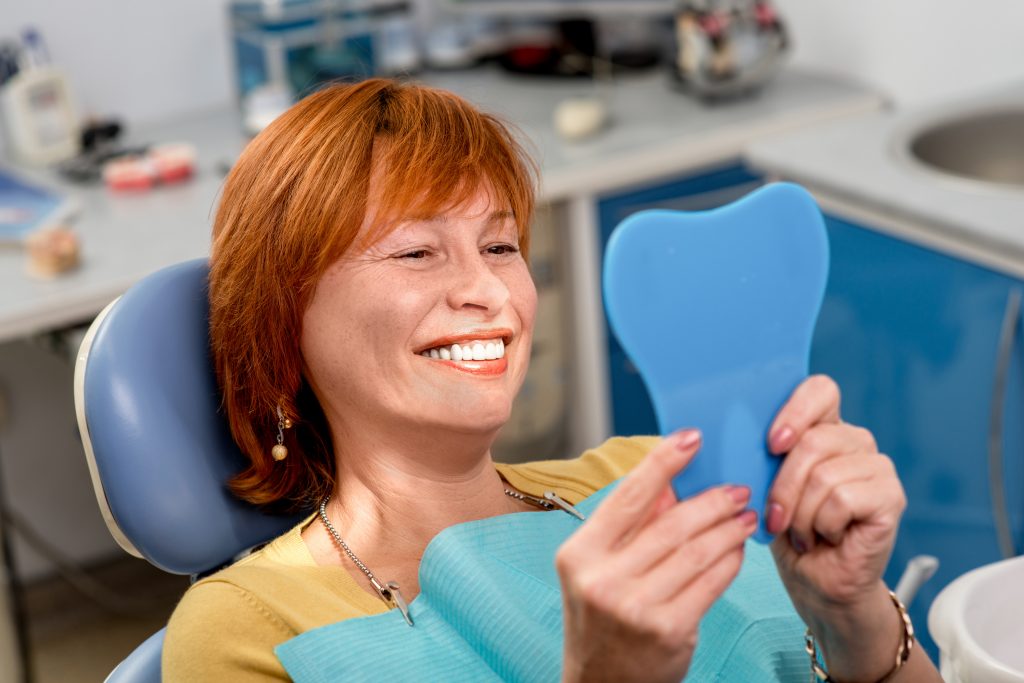
By Dean C. Vafiadis, DDS
Part 1 of this series on smile design gave an overview of the many facets involved in beautifying smiles by design and the many ways of interpreting what is normal or ideal. Our first article discussed the role of the dentist as diagnostician, artist and scientist in meeting you the patient to decide the best course of action for your particular situation. A detailed analysis of your smile is critical to the correct assessment and the appropriate procedures for change or enhancement.
Porcelain veneers within reason allow for the alteration of tooth position, shape, size and color. They require a minimal amount of tooth preparation – in this case reduction (approximately 0.5 mm of surface enamel) – and are, therefore, a more conservative restoration than a crown, which requires significant removal of sound tooth structure. Although not the only alternative for all esthetic abnormalities, they are truly a remarkable restoration when they are the treatment of choice.
What Is a Veneer?
Simply stated, a veneer is a thin covering over another surface. In dentistry a veneer is a thin layer of dental restorative material, usually porcelain that replaces enamel.
Porcelain was named after its resemblance to the white, shiny Venus-shell, called in Old Italian "porcella". The curved shape of the upper surface of the Venus-shell resembles the curve of a pig's back (from the Latin porcella – a little pig). Properties associated with porcelain are high strength, hardness, glassiness, high durability, translucence and high resistance to chemical attack.
Dental porcelain is a type used by dental technicians to create bio-compatible life-like crowns and bridges for dentistry. As you will note from the cases shown, dental porcelains in the right hands can make for spectacular tooth imitations by mimicking tooth enamel perfectly. This is also a testament to the artistic skill of the laboratory technicians with whom the dentist partners in producing life-like precision veneers to create your enhanced smile. The dentist will usually specify a shade of porcelain, corresponding to a set of mixtures in the laboratory containing the porcelain powder. The powder corresponding to the basic tooth color is mixed with water, and then placed in an oven for "firing." Further layers of porcelain are built up to mimic the natural translucency of the enamel of the tooth.
To read more of this article, click here.
If you are interested in dental college courses, contact Aesthetic Advantage at 212-794-3552 to register today! Or visit aestheticadvantage.com for additional information.
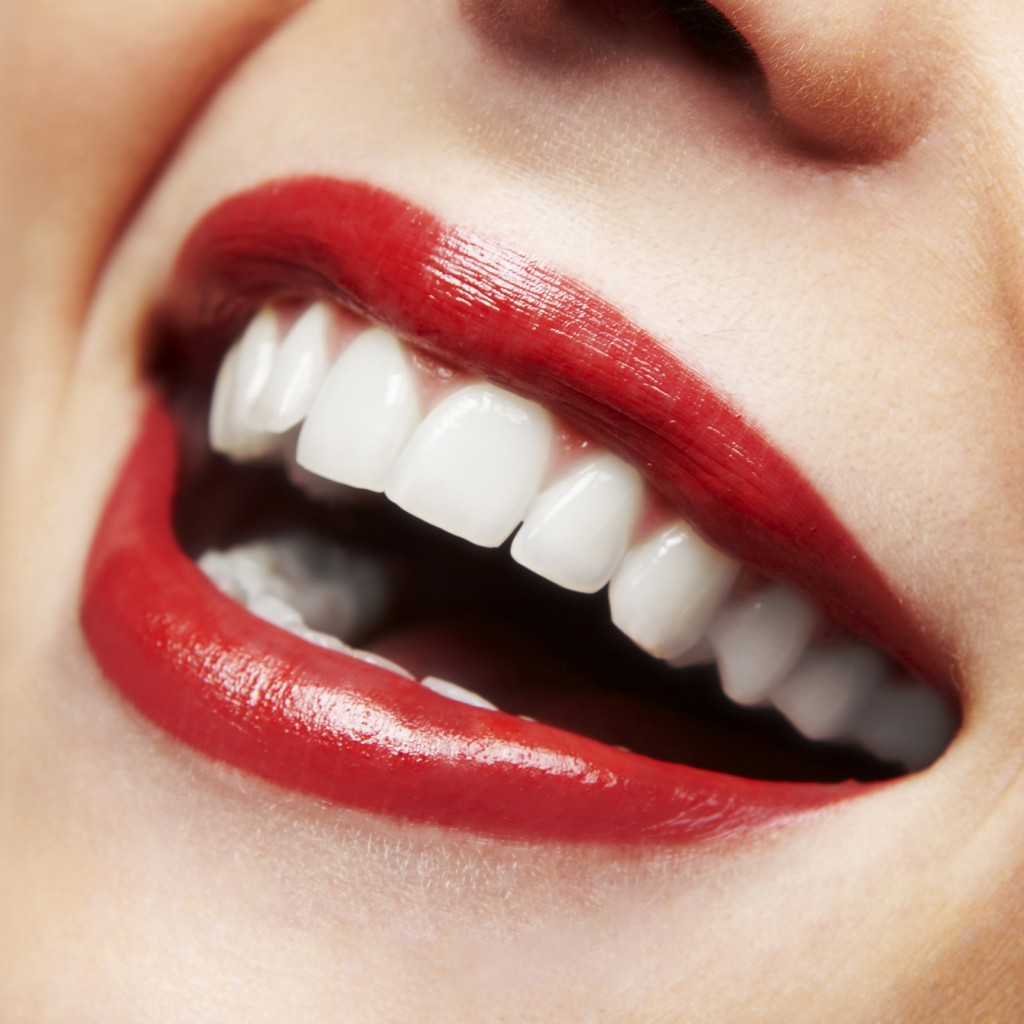
By Michael Apa, DDS
With advances in science and technology, aesthetic dentistry continues to evolve. This is also a direct result of the advances in the abilities of the doctor-ceramist team, and what they can create together. The doctor-patient-laboratory relationship has become more clearly defined due to a better understanding of the limitations and expectations of what the ceramist can produce. New temporary materials, impression materials, cements, etc., have made attaining superior aesthetic results much more predictable. This article will demonstrate a step-by-step approach to creating the most naturally enhancing aesthetics in a very easy-to-follow format.
The Key to Predictable Aesthetic Results
The most important part of predictable aesthetics is diagnosis (examination and case selection) and treatment planning. It is important to be able to visualize the final result in order to properly and accurately describe the proposed treatment to the patient. Listening to the patient's concerns and effectively communicating shape, size, and color are all significant factors in a successful result. One way that this can be accomplished is by doing a composite resin mock-up directly in the patient's mouth.
Another way would be by using an accurate digital imaging program, such as Envision A Smile (envisionasmile.com). This software was designed by Dr. George E. Kirtley, who is an accredited member of the American Academy of Cosmetic Dentistry (AACD).
To read more of this article, including its case study, click here.
If you are interested in dental college courses, contact Aesthetic Advantage at 212-794-3552 to register today! Or visit aestheticadvantage.com for additional information.
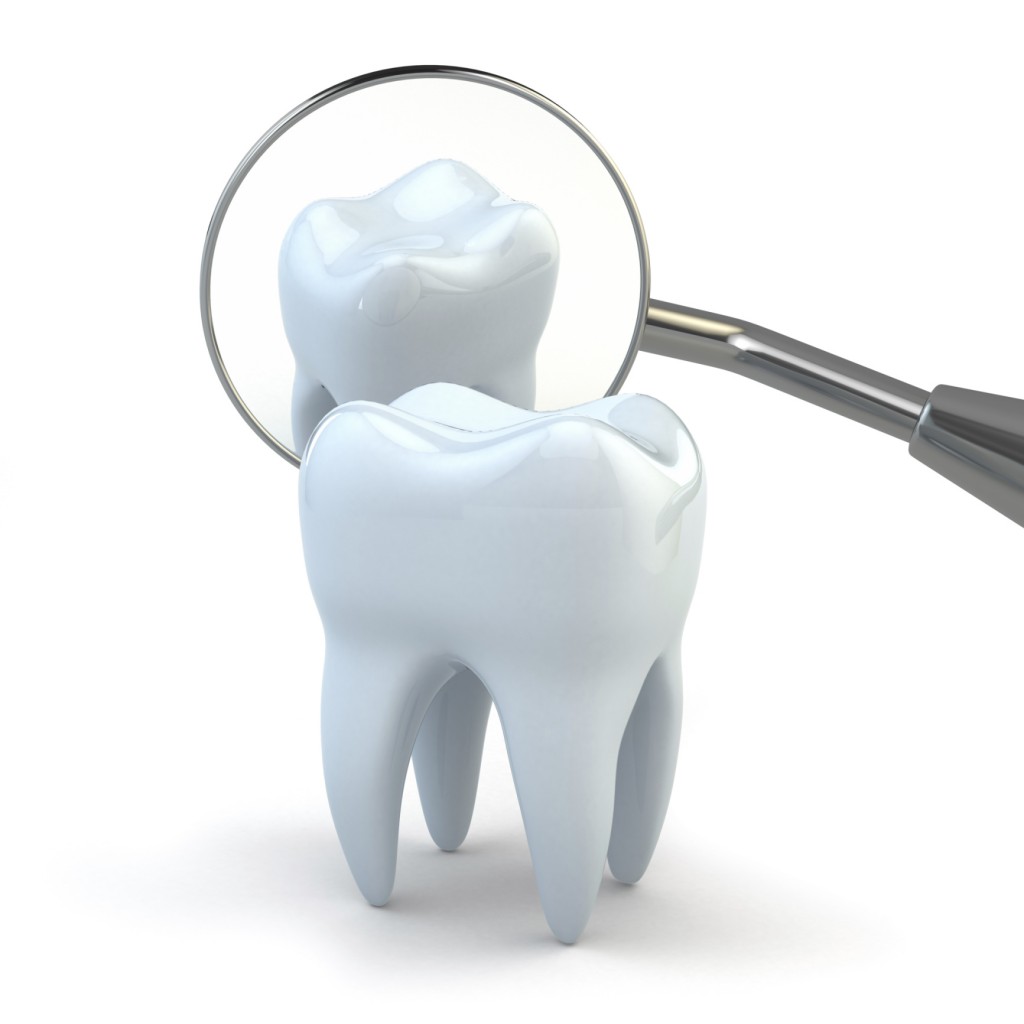
You could be on your way to a perfect smile.
BY ROXANNE ADAMIYATT | JAN 1, 2021
There's an old adage that you're never fully dressed without a smile. And yes, a good grin is a great accessory — but what about those who are feeling somewhat less than proud of their teeth. Whether it's crowding, crookedness or that your chompers are just plain worn down, there are plenty of reasons why someone might not be so willing to bare their teeth while they grin. Luckily, in the year 2019 there are a number of options available to give your smile a boost, one of which is a porcelain dental enhancement called veneers.
Typically, an expensive and collaborative process, getting veneers isn't something one should do on a whim. Like any procedure, veneers require thought and consideration — and knowing the right questions to ask. And that's where cosmetic dentists Dr. Michael Apa DDS and Dr. Victoria Veytsman DSS come in. We sat down with the veneer specialist (both of whom have a host of celebrity clientele) to find out everything you need to know about getting veneers.
What are veneers?
At their most simple, explains Dr. Apa, veneers are thin porcelain covers that go over the front of the tooth to give it a new shape and color.
What does the process of getting veneers entail?
One of the most important components of the veneers process is the consultation, according to our experts, who both collaborate with their patients to create their new smile. Taking into consideration the patient's personality, facial traits (both behavioral and structural), their desired outcome, and their functional needs, the vision of what the new smile will look like is drawn up.
Typically speaking, dentists will take impressions and send them to the lab for a mock-up or a blueprint of what that smile and then, once this is reviewed, the mockup can be tested in the patient's mouth.
"Once the preliminary design is approved, we then numb the teeth we are working on with local anesthesia. Then we re-contour the teeth removing only as much tooth structure as is necessary for the case," explains Dr. Veytsman who elaborates that once impressions are taken for the ceramist, the patient leaves with nice temporaries, which are great for giving their smile a test drive. If the patient sees changes that need to be made while wearing the temp teeth, that can be conveyed to the lab.
Finally, once color is confirmed, the final veneers are tested before they are cemented on permanently and adjusted to perfection.
Who is a good candidate for veneers?
Anyone who is looking to change the color, size, shape and width of their smile. Ideally, one's gums and bone structure should be solid and healthy. "A great cosmetic dentist can do a lot more with veneers in terms of changes to a smile than with any other cosmetic dental treatment," says Dr. Veytsman.
What dental issues do veneers address?
Veneers can fix a number of dental issues including chipping, staining, old restorations and fillings, an uneven or narrow smile, spacing problems, crowding, a poor bite and even internal staining from antibiotics or fluorosis.
How do you determine whether veneers will work for your face?
It's important to keep in mind that when it comes to veneers, it is not a one-size-fits-all solution. Every patient is going to be different. There are a variety of shapes, sizes, colors and smile designs that can come into play. "It is the cosmetic dentist's job to have to take everything into account from the patient's personality, to skin tone, eye, and hair color. We can design all this in the wax-up to see what this would look like in the temporary phase to adjust and make changes as needed," says Dr. Veytsman.
She elaborates: "We can make a smile more masculine by keeping the edges of the teeth straighter, or more feminine by rounding out the corners. We can produce a more youthful look by having the front two teeth slightly longer than the rest, or take 15 years off of an older face by providing more lip support with veneers." The takeaway here: there are a number of options that can be customized to suit your face.
Is it possible to veneer some of your teeth or do you have to do all of them?
The good news: you can choose to veneer some of your teeth. "We have done as few as one or four veneers for our patients, but also as many as 28 porcelain restorations on one mouth." As with all dental procedures, the patient's needs and preferences will differ.
How do you ensure that veneers look natural?
If you want your veneers to look as natural as possible, it all comes down to conversation with your dentist. Dr. Apa's process for natural porcelain teeth is as follows, "Final results are created by layering various porcelain powders by hand with a paintbrush and water. This process allows us to mimic the varying layers of the tooth and ensure its opacity and reflective properties match the natural teeth in the patient's mouth."
What is the difference between partial and full veneers?
Fun fact: porcelain restorations encompass veneers, crowns and bridges. "It's all the same material, what differs is the amount of the tooth that is being covered. And a lot of cases include a combination," says Dr. Veytsman.
Does the procedure require anesthesia?
Local anesthesia is required when undergoing a veneer application.
Are there any side effects or recovery time?
While there are minimal side effects, in the short-term someone might experience tooth sensitivity. This could happen anytime you are having work done to a tooth, though, says Dr. Veytsman, who reminds that typically there is no downtime after getting veneers: "Patients typically go back to work the very same day or the next day, latest," she adds.
Is there anyone who isn't a good candidate?
"Sometimes crowns are more appropriate because of the amount of tooth structure lost due to one's grinding," explains Dr. Veytsman. Another reason someone might not be able to get veneers is that they have very large, old fillings left."But, again, this has to be determined on a case-by-case basis as every treatment plan is different," she says.
What does a full set of veneers typically cost?
Pricing typically varies depending on the city that you live in. While Dr. Veytsman estimates that it can range anywhere from $2,000 to $4,000 per tooth, Dr. Apa estimates that it can range from $400 to $4,000, pending the dentist.
How do you maintain your veneers?
At the end of the day, maintaining your new chompers comes down to common sense. Have regular checkups and cleanings. Dr. Apa advises that his patients come in at least once a year for routine maintenance. "I tell patients to treat their veneers like regular teeth, upkeep and all," he says.
But use common sense, too. "Please don't chew on things like pencils or acrylic nails," adds Dr. Veytsman.
Do you need to get your veneers whitened?
Simply put: no. Veneers have good color stability compared to the natural tooth. But according to Dr. Veystman, over the years veneers can pick up some coffee and red wine stains
Do you have to get your veneers replaced?
If properly maintained, veneers last from 15-20 years.
If you are interested in dental college courses, contact Aesthetic Advantage at 212-794-3552 to register today! Or visit aestheticadvantage.com for additional information.
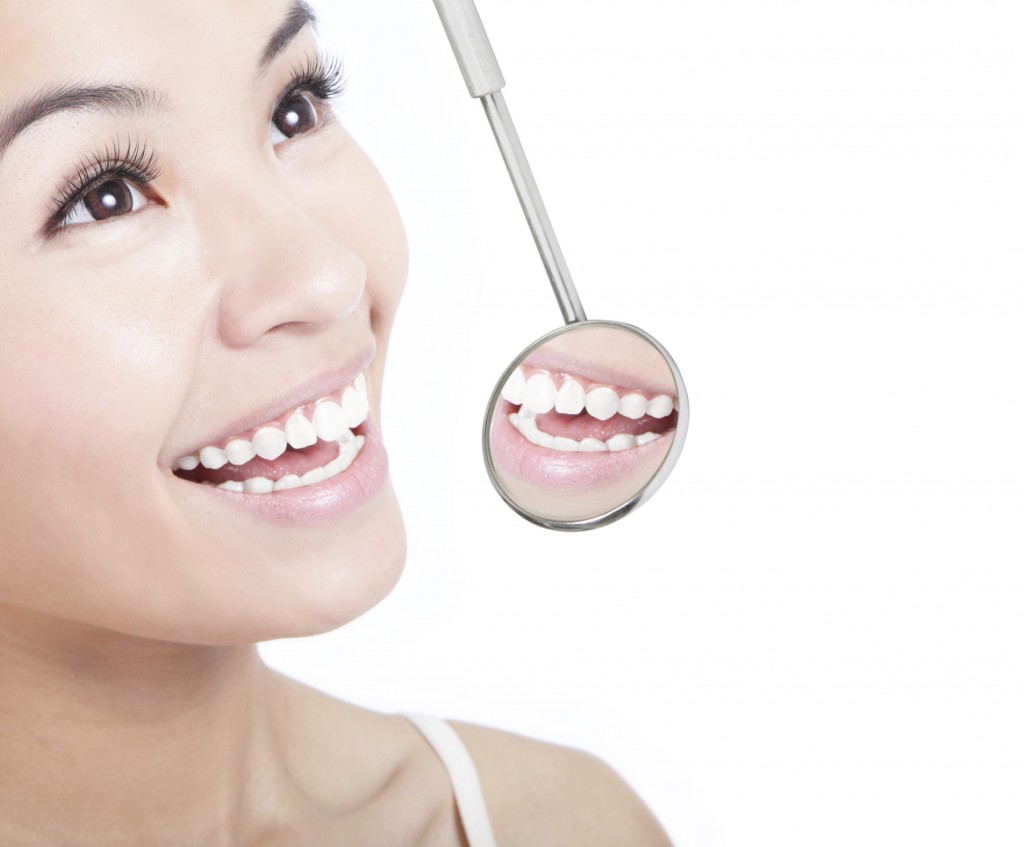
Veneers have no higher incidence of decay, provided they are properly cared for with regular flossing and brushing with toothpaste.
What happens to teeth after veneers, and will I ever get cavities?
The integrity of veneered teeth is only marginally compromised, and the veneer is bonded to the existing teeth. There is no higher incidence of decay provided the veneers are properly cared for as previously mentioned with regular flossing and brushing with toothpaste. Keep your sugar consumption low and confined to meal times, good dental advice generally to prevent decay.
How long will porcelain veneers last?
In my experience they can last from seven to twenty years. While the veneer itself is inert and non-living, the tooth or teeth to which they are attached, and the surrounding gum tissues are living and may change. For example, gum line shrinkage may expose or reveal root surfaces. If a veneer comes off it can generally be rebonded. If it chips it can sometimes be rebonded or otherwise replaced.
If I have my upper teeth treated with porcelain veneers, will my lower teeth still be a different color, or more yellow?
This is certainly a factor that will be discussed during your evaluation and smile design so that everything matches and blends well. Most patients usually whiten the lower teeth with whitening (bleaching) procedures to ensure a good match.
Do porcelain veneers stain with normal things like coffee, tea and wine?
Porcelain veneers should never stain; however, if your teeth have a propensity to stain you should try to avoid or minimize the behaviors that lead to staining and look after them as recommended above with normal hygiene and maintenance procedures.
Does dental insurance cover porcelain veneers?
Some insurance companies will cover up to 50% of the fee they deem customary. However, it depends upon what your employer has contracted for with your insurance company rather than what your dentist is charging. Don't forget your dentist also has to pay the dental technician who actually fabricates the veneers, a critical component in the fee.
To read more about veneers, click here.
If you are interested in dental college courses, contact Aesthetic Advantage at 212-794-3552 to register today! Or visit aestheticadvantage.com for additional information.
Aesthetic Advantage proudly serves New York, Atlanta, Florida, Chicago, Pennsylvania, Boston, Rhode Island, California, South Carolina, North Carolina and all surrounding areas.
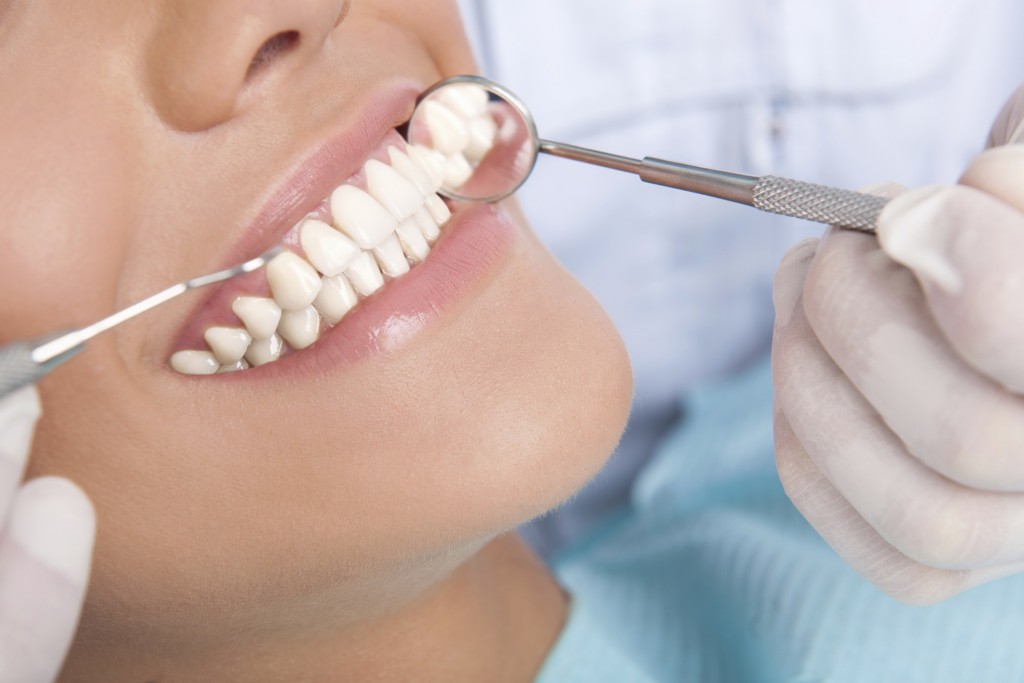
Now that we are wrapping up 2021 and looking towards 2022, we should ask ourselves – are we living the happiest life we can? For many of us, the answer is no. And this is where our new years resolutions come in.
As we look to improve ourselves, both physically and mentally, there are some areas we cannot do alone. One of these is our smile. If you are considering a smile makeover, there are some major things to consider. After all, no two smiles are alike. Hair color, teeth, skin tone, gum tissue and overall health of your teeth are all factors that go into developing your ideal smile and maintaining a healthy mouth. You and your dentist will discuss and compose a dental treatment plan. So, let's take a minute to break down the aspects of your smile and what our dental professionals look for when designing your smile makeover:
Tooth color. Replacing fillings with natural tooth-colored restorations, teeth whitening, porcelain veneers, crowns, bridges and composite bonding.
Alignment and spacing. Crooked teeth overlap or have gaps can be straightened and aligned, when necessary, through orthodontics or Invisalign and improved with veneers.
Missing teeth. One or more missing teeth can affect the appearance of your smile and affect your bite. Teeth can be replaced by dental implants, bridges or partial dentures.
Harmony and balance. Uneven, chipped and cracked teeth can be cosmetically bonded for an improved appearance, and a gummy smile can be re-contoured to help improve the overall look of the smile.
Full lips, smile and cheeks. An unshapely or aging face can be rejuvenated with procedures including orthodontics and/or oral maxillofacial surgery.
Aesthetic Advantage has state of the art educational facilities that can help you take your career to the next level, call us at (212) 794.3552 for more information.
Aesthetic Advantage proudly serves New York, Atlanta, Florida, Chicago, Pennsylvania, Boston, Rhode Island, California, South Carolina and all surrounding areas.

When it comes to our smile, many of us don't exactly think too much about it. If we have a toothache or need some type of dental treatment, we schedule an appointment for the dentist. But there is a little bit more to improving your smile than showing up, hoping for a quick fix. And while a general dentist can help improve your smile, general dentistry mainly deals with the health of your teeth than the look of your smile.
There is a difference between cosmetic procedures and aesthetic procedures, and this is why – cosmetic dentistry will improve the look of your teeth, one of the bits that creates your smile (i.e., whitening or veneers). Aesthetic dentistry, on the other hand, deals more with your smile and the way it looks on your face. Think of cosmetic dentistry like playing college ball, aesthetic like going pro.
Another big difference between cosmetic and aesthetic dentistry is the end goal. Aesthetic dentistry uses techniques available to modern medicine to give you a more natural, healthy look. Aesthetic dentists use techniques like regular cleanings, root canal removal, and the restoration of teeth with fillings or bridges to make your teeth look normal and healthy. The goal is to give you healthy teeth that function properly so that you can look your best and eat and talk normally.
Cosmetic dentistry is a little different from aesthetic dentistry. Cosmetic dentistry uses more advanced and invasive methods to make your teeth look a little better than what is considered perfect. Cosmetic dentistry includes techniques like teeth whitening, braces, veneers and a wide variety of other techniques. The idea is to give you bright, white, straight teeth that are picture perfect.
Aesthetic Advantage has state of the art educational facilities that can help you take your career to the next level, call us at (212) 794.3552 for more information.
Aesthetic Advantage proudly serves New York, Atlanta, Florida, Chicago, Pennsylvania, Boston, Rhode Island, California, South Carolina and all surrounding areas.
Source: http://www.aestheticadvantage.com/continuing-dental-education/category/cosmetic-dentistry-courses/
Post a Comment for "Aesthetic Dentistry Continuing Education Course Par"